
Architectural Retouching – Seeing the potential in your shots
Architectural Retouching – Seeing the potential in your shots
My last post was on the subject of choosing a suitable photographer for interior and architectural shoots. In this post I would like to discuss what you can do if you have already had shots taken and are not happy with the images you have been supplied with. This can sometimes be down to poor photography, but there are more common factors such as poor weather on exterior shots, unfinished building work and landscaping or missing the final few fixtures and fittings on interior shots. The site manager’s and photographer’s idea of whether a new property is finished are often very different. I have occasionally been on site with a photographer who has travelled a long way for an exterior shoot to find that the front lawn has not been laid or there are piles of sand and heras fencing in front of the property. If your shots are not as good as you would like is architectural retouching a viable option?
Even if you know a property is unfinished you may need shots for an ad which has been booked in advance and cost a great deal. In cases such as this the photographer may be able to shoot some samples for retouching purposes. If for example a rubbish skip is in front of a building shooting the best angle and then taking a second shot a few yards to one side will give the retoucher the missing bits to add behind the skip.
Here’s an example of one of my very old retouching examples where additional shots have been taken only for retouching:
Should you pay for retouching?
Retouching can cost a lot, so before spending money you need to know if it will be worthwhile. Putting the skill of the retoucher to one side for the moment, is it possible to get a useable image or is the original too poor quality? Below are a few ideas that might help you make up your mind.
Is the resolution good enough?
To answer this question you have to know what your image will be used for. If it will only be used on a website or e-mail campaign then the resolution doesn’t need to be that high. If it’s going to print then the resolution needs to be a lot higher but the exact amount will depend on the size of the print. Downsizing a high resolution image will not cause any problems, but upsizing will result in a loss in quality.
To give an idea of what size an image will print up to you need to know the pixel dimensions. 300DPI is a good print resolution, but this number on it’s own doesn’t tell you anything and is fairly irrelevant as DPI can be changed without changing the total number of pixels in an image. If you look at the pixel dimensions and see an image has a size of 2400 x 3600 pixels this will print at 8″x12″ if set to 300DPI (2400÷300=8 and 3600÷300=12).
If your original image isn’t high enough resolution for your needs then paying for retouching is not worth it.
Are RAW files available?
If your image is not correctly exposed, or there are either shadow or highlight areas that have no detail in them it may be possible for them to be recovered. This is a lot more achievable if the RAW files are available. Photographers very rarely supply RAW files because they are so flexible and may well result in their photography looking very different from how they intended. As the photographer was there at the time of shooting they have a good idea of how the images should look and so normally process their own RAW files. It may however, be worth politely asking for the RAW files to be made available to a retoucher if the final result is run past the photographer or if the photographer deals directly with the retoucher.
Is it worth adding a blue sky?
This is something I have seen done badly many times. Does your external shot have shadows with clearly defined edges? If not a clear blue sky will not look right, but you may be able to add a sky with lots of clouds and some blue areas. If the shadows are clearly defined then the image will take a sky well.
There is a special case for skies added to north facing buildings (click here to know about Herford’s Tree Care, Inc. who will help in landscaping to capture the perfect shot that you want). The front of a north facing building will be in shadow at any time of day, assuming the building is in the northern hemisphere. The original sky will probably be bleached white. If it’s a sunny day the building will be in heavy shadow, so a less sunny day for shooting may be preferable in this case. It is possible to add a believable sky, but it will need to appear overexposed. I have a collection of sky samples which I have deliberately shot facing roughly toward the sun, but still containing some blue for use in this type of image.
Is it worth adding a night sky?
Adding a sky to a night or evening shot is usually achievable, but the sky and main shot need to match and can look very bad if done poorly. There are many rules for what makes a good match, sometimes with a certain amount of trial and error by the retoucher. The light values and colour of the main shot may need to be changed so it fits with the added sky.
Here’s an un-retouched evening shot;
Here’s a sky that looked great in the original shot taken from a balcony view in London:
As you can see below the two added together are a bad match giving an unnatural looking result:
The sky doesn’t fit for many reasons. Most importantly it is a very warm sky and the colours from a warm sky tend to effect the colours in the main image.
Here’s how a good sky should look:
If you want an architectural retoucher to do a good job of adding a night sky you have to let them have a certain amount of artistic license. colours and light values may vary hugely from the colours in the original as they are effected by the added sky, but done properly the results can be stunning!
What other ways can a retoucher improve an image?
Correcting verticals is appropriate in a lot of cases. Here’s an un-retouched image which needs the verticals correcting:
You will notice the walls on the far left and right both lean in towards the middle of the image.
Here’s the retouched version which, among other things has had the verticals corrected:
All upright lines are now parallel to each other and are true verticals.
Barrel distortion is another common problem caused by wide angle lenses. Here’s an image in need of correction:
The effect of barrel distortion can be seen more easily near the edges of the image. The vertical lines curve out towards the sides.
Here’s the retouched version with, among other things barrel distortion corrected:
Do you have a landscape shot that needs to fit an upright format for an ad? Many shots can be cropped or added to so they can fit a specific format. Here’s an example of a shot that has had sky added to convert it into an upright:
The landscape version has already had the sky added. For a retoucher to then change the sky to make an upright version is a very quick and therefore cheap job.
Colour and tonal changes.
If your not happy with colour, contrast or brightness of an image make sure you are looking at it on a regularly calibrated, high quality monitor designed for photo editing work. Eizo and NEC are both good makes, but you can expect to spend £1,000 or more. If this is beyond your budget then you may be better off trusting your photographer or retoucher who should be working on a calibrated monitor.
Removing objects.
You may want a retoucher to remove any objects that are ugly, detract from the focus of the image and are not permanent fixtures. This can be anything from dirt on the road, to bins, signs, plot boards, fencing or railings. If you are using the image to sell a specific property rather than a house type you may need to be careful you don’t remove permanent objects such as that ugly factory next to the property, as this may be seen as dishonest.You can also contact car accident claim attorneys as they can help you out in dealing with the matters related to property.
I hope you find this useful in deciding wether to have an image retouched and what you may ask to be done by a retoucher.
If I can be of any help with a retouching project you can contact me via the e-mail address on my “Get in Touch” Page; https://www.adshotsdigital.com/contact-us/
Most of my work can be carried out remotely. If you e-mail me a low res file I will be happy to give you a no obligation quote.


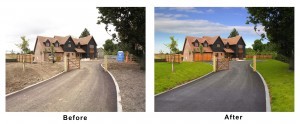
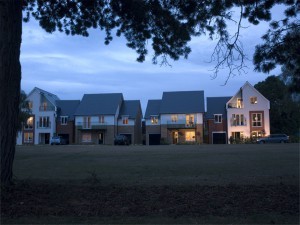
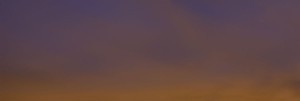
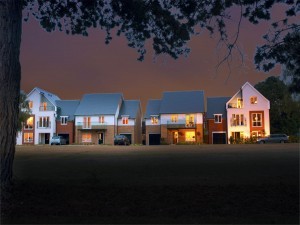
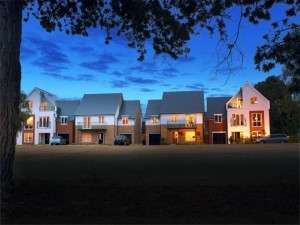
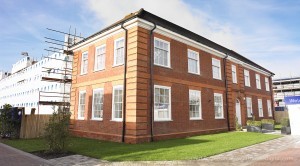
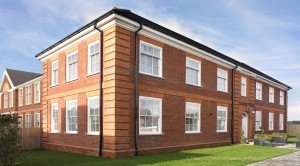
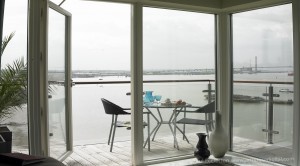
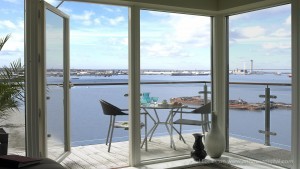
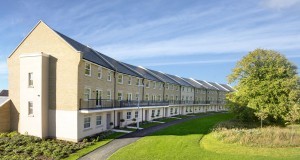
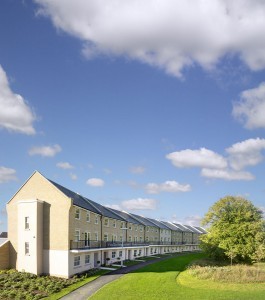
As the admin of this web site is working, no question very shortly it will be renowned, due to its feature contents.
It’s a pity you don’thave a donate button! I’d certaihly donate to this
superb blog! I suppose for now i’ll settle for book-marking
and adding your RSS feed to my Google account. I look forward
to fresh updates and will share this website with my Facebook
group. Talk soon!